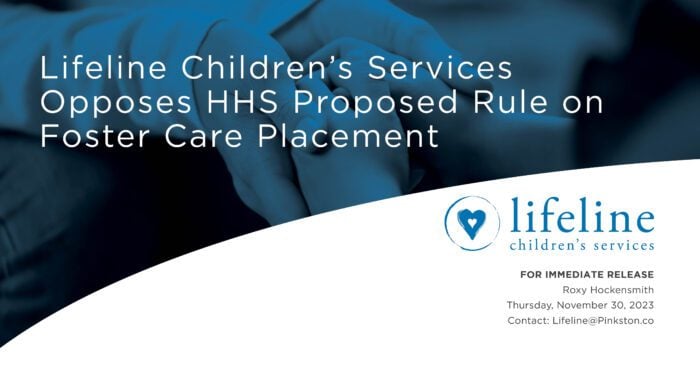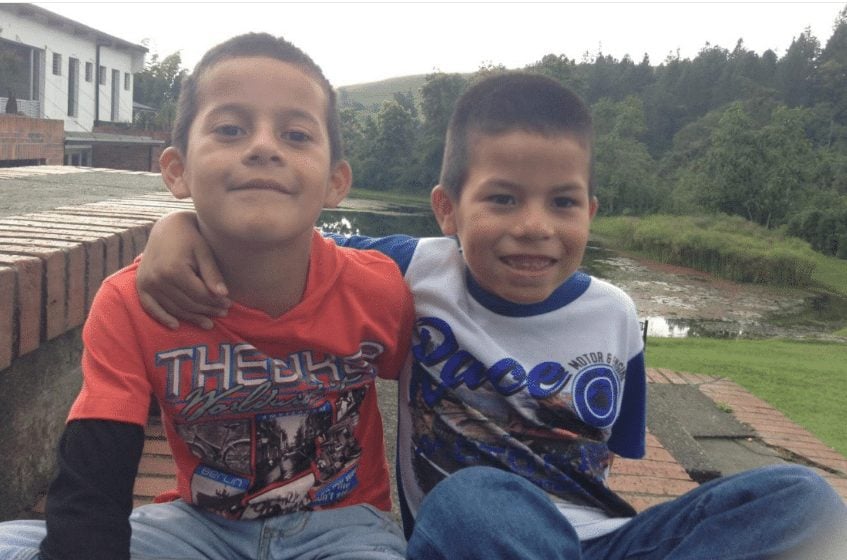SIBLINGS: PROMOTING ATTACHMENTS
A strong emphasis is placed on parents attaching to their new child, but it is equally important for all family members to become connected. Now that you are home with your newest family member and are over the jet lag you may be wondering, where do we go from here? How do we become a family? You may have had images of your newly adopted child fitting seamlessly into your family’s routines and traditions but there seems to be an “us and them” mentality developing between your children. The sibling relationship will most likely be the longest relationship and connections that your children will have in their life. In Psalm 133:1, the Psalmists proclaims, “Behold, how good and how pleasant it is for brothers to dwell together in unity! Following are some ideas that will promote good sibling attachment and unity.
Attune: Each child’s position and role in the family may determine how they are able to accept the newest member, so be aware of how the adoption impacts each child. How will it disrupt their position in the family? Will they no longer be the oldest? Youngest? What about gender and role? Will they go from being the only girl in the family, who was Daddy’s little princess, and now has to share that role? What stage of life is your child in? Don’t assume that the older child about to leave for college does not need you. They may feel cheated if you seem distracted and unable to engage in the excitement and business of preparations for going away. Being aware of the possible thoughts and emotions each child is experiencing can help you be attuned to potential problems.
Educate: Understanding the “why” behind changes can help us make the adaptations needed. Help your child understand why the adoptee needs more of your attention, has difficulty with transitions, and why discipline is different. Help your child connect with the emotions that their new sibling is feeling so that they can begin to develop some empathy for their sibling.
Relate: Sharing a parent’s attention is hard! Try to take time daily to check in with each child and gauge their emotions. Bedtime is a great time to debrief. When your child experiences difficulty in adjusting to a new sibling you will note changes in behaviors and demeanor. Reflect your observation to the child as you tuck them in at night with, “You seemed a little quiet today; how are you doing?” or “I noticed that you weren’t kind to your brother; that is not like you. I wonder what is going on?” This lets your child know you see them and are willing to listen. It communicates they are not alone. Also, set a weekly “date” time with each child. It might be breakfast out before school or a weekly walk. If a child knows they will have a parent’s undivided attention, once a week, they can tolerate the extra time a parent spends with the new sibling. During this time assess the child’s feelings about the adoption. Is the adoption what they expected? How is it different? What is hard for them? What has been the best part? It is common for a child to wish for the family they had before the adoption. Creating that safe space/place for your child to discuss their fears and disappointments while validating their emotions about the adoption will go a long way in promoting acceptance of their new sibling.
Engage: Following are some ideas that will help you to be proactive in promoting attachment between siblings and building new family memories and connections:
Have Fun as a Family: Play is the language of children and builds connections. Team the children against the parents to build unity between siblings in games of tag, water balloon fights, charades or simple board games.
Develop a Family Motto: TCU Institute of Child Development encourages families to have the following rules: “no hurts, stick together and have fun!” Have your children develop a motto for your family. What does your family value in relationships? Then develop hand motions that will help you remember your motto. In moments of discord, a simple reminder about the family motto, can help all get back on track with behaviors and attitudes. Is that sticking together? When we treat one another that way, is it having fun? Set the expectation of how a family works together and loves one another; then praise them when you see them following the motto.
Use the Buddy System: Partnering your child with the adoptee can make them feel they have a new and special role in the family. While they are not going to engage in custodial care, they can help with play and assist the adoptee in learning about routines, schedules and family expectations in your home.
Work on a Project Together: Challenge them to work together on a structure using all the legos, creating a fort from cardboard boxes, making a bird house for grandparents, putting in a garden, making cookies for a teacher or neighbor, or working on a missions projects like Lifeline’s Stand for Orphans or Kickball Tournament. (see Lifeline’s website for details on these activities)
Old and New Family traditions: If celebrations must be modified in the first year post adoption, assure your children the traditions are not forgotten and you will return to them in the future; then enlist their help in making some new traditions that all can participate in. Maybe it is time to make Taco Tuesday an official family tradition with sombreros for all!
Time: It takes time to build a relationship. Do not force the relationships between siblings. Your role is to provide positive space and opportunities for the relationships to grow. Let your children develop their relationship with their sibling on their own time table. While they may not be BFF’s by the end of the first year, you should see some positive changes and steady (although it may be slow) progress in their connections. If you do not experience this, and you feel that the children are in a negative pattern of interactions, or just stuck in how they relate to one another, then seek out the help of your Lifeline Caseworker or a Lifeline Counselor.
CONCLUSION: Whether your children are close in age or not, whether they are the same or different genders, whether they verbalize any challenges or not, it is a parent’s role to help children grow in their love for one another. With children recently home, who have a history of trauma, it is even more important for siblings to have parents who are attuned to any potential issues that might prevent attachment. As you create space and time for your children to express their feelings about the changes in the family, and as you engage in activities for fun and connection, not only will you be making memories that will begin to bring all closer together, but you will be building a foundation for them to “be devoted to one another in brotherly love; giving preference to one another in honor”, Romans 12:10.
Developed by: Lynn Beckett, LBSW
Resources: Purvis, K. B., Cross, D. R. & Sunshine, W. L. (2007). The Connected Child: Bringing Hope and Healing to Your Adoptive Family. New York: McGraw-Hill.




